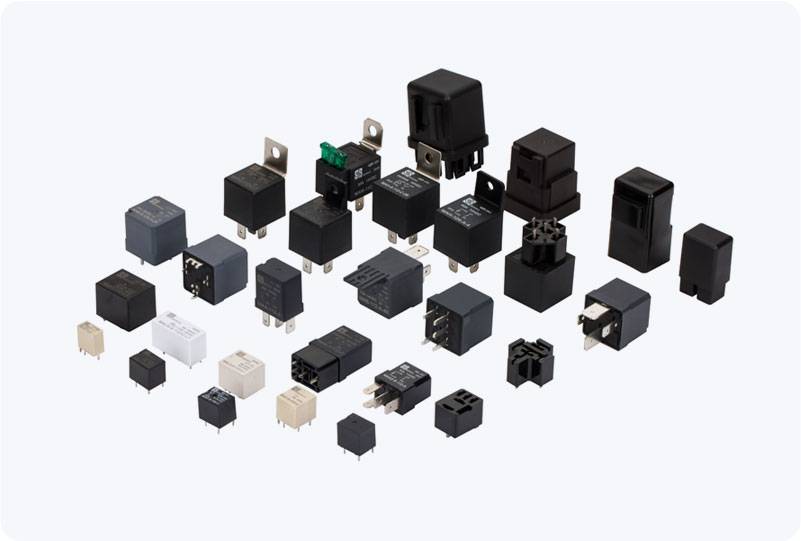time delay relay: the key to precise time control in electrical systems
Release time:2025-08-10 11:26:20
A Time Delay Relay (TDR) is a vital component used in various electrical systems to manage delays in actions based on preset timing. These relays are often employed to control when and how certain devices or systems are activated or deactivated after a specific period, providing an essential function in automation and protection circuits. Understanding the significance, functionality, and applications of a time delay relay can greatly enhance the efficiency and reliability of electrical systems in both industrial and residential environments.

What is a Time Delay Relay?
A Time Delay Relay is an electromechanical or solid-state device designed to delay the activation or deactivation of a circuit for a predetermined time. The relay works by incorporating a time delay mechanism, typically powered by an electric current, that causes a controlled delay in switching the output relay contacts. This delay ensures that electrical devices or systems do not start or stop immediately but follow a planned, staggered sequence.
How Does a Time Delay Relay Work?
The basic operation of a time delay relay is fairly straightforward. When an input signal (such as a voltage or a switch closure) is received, the relay enters a time delay mode. During this delay, the relay maintains an open or closed state, depending on whether the delay is "on-delay" or "off-delay." Once the delay period is complete, the relay's output switches, either activating or deactivating the connected load.

